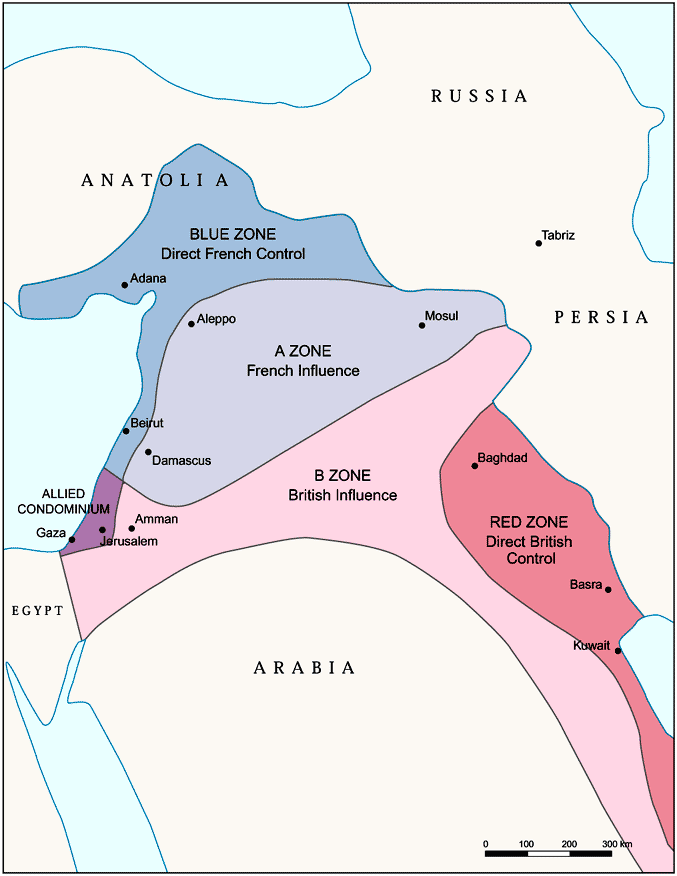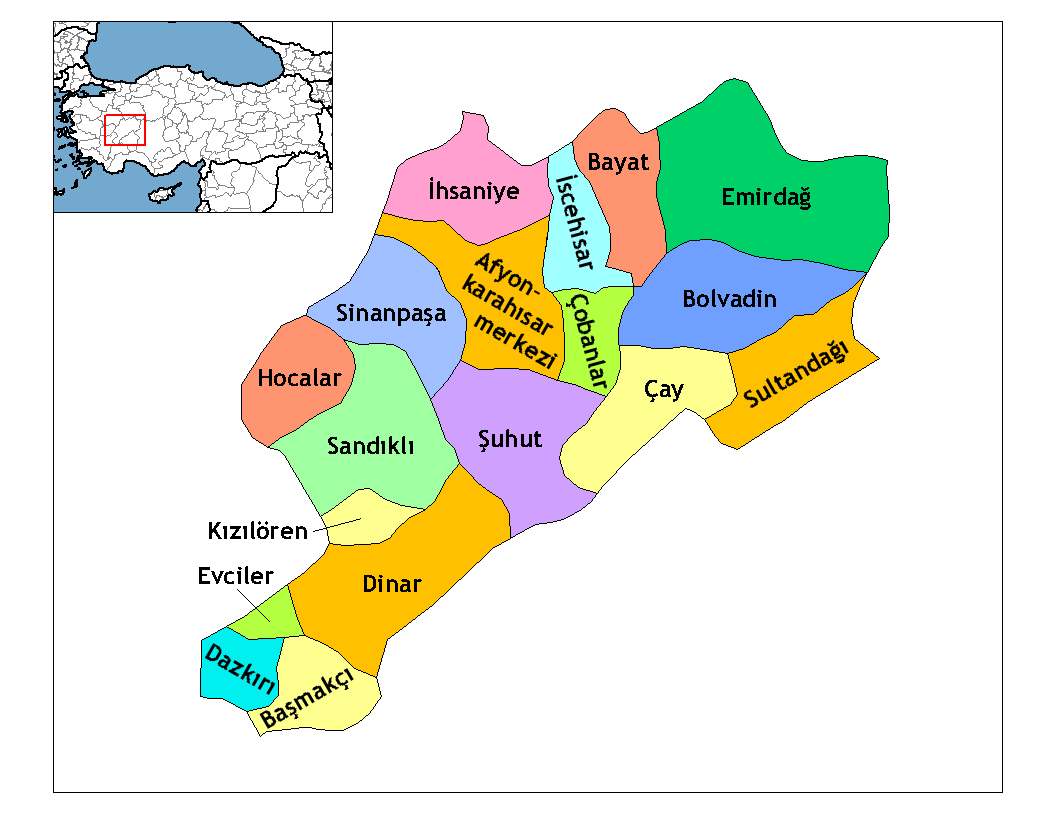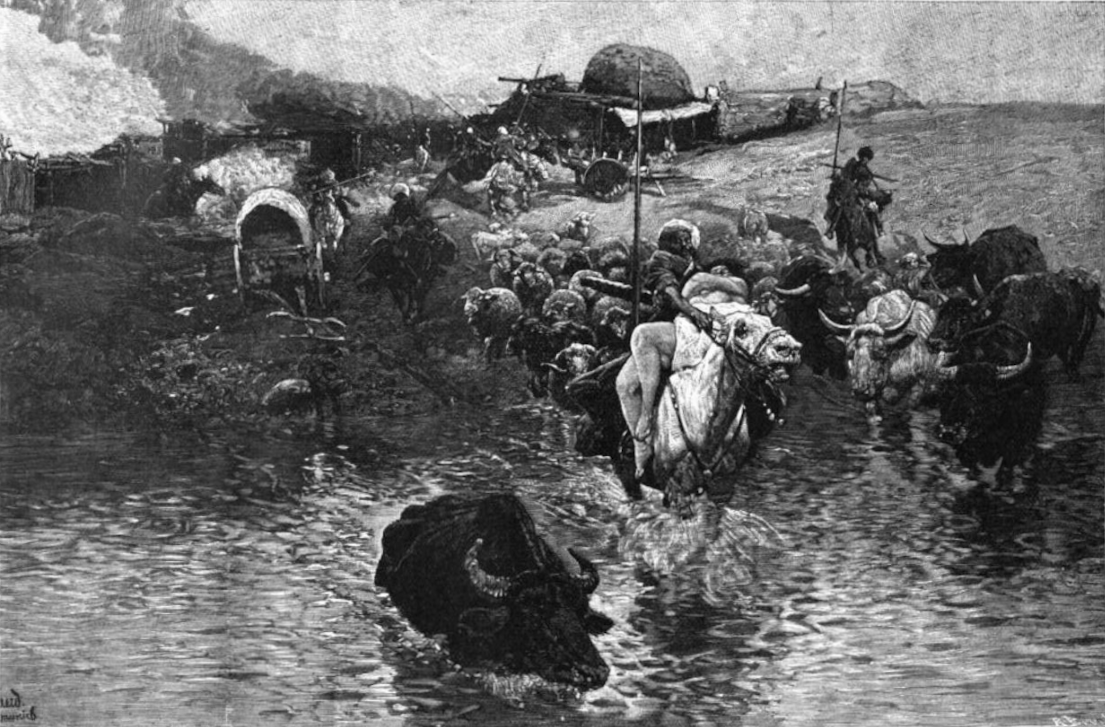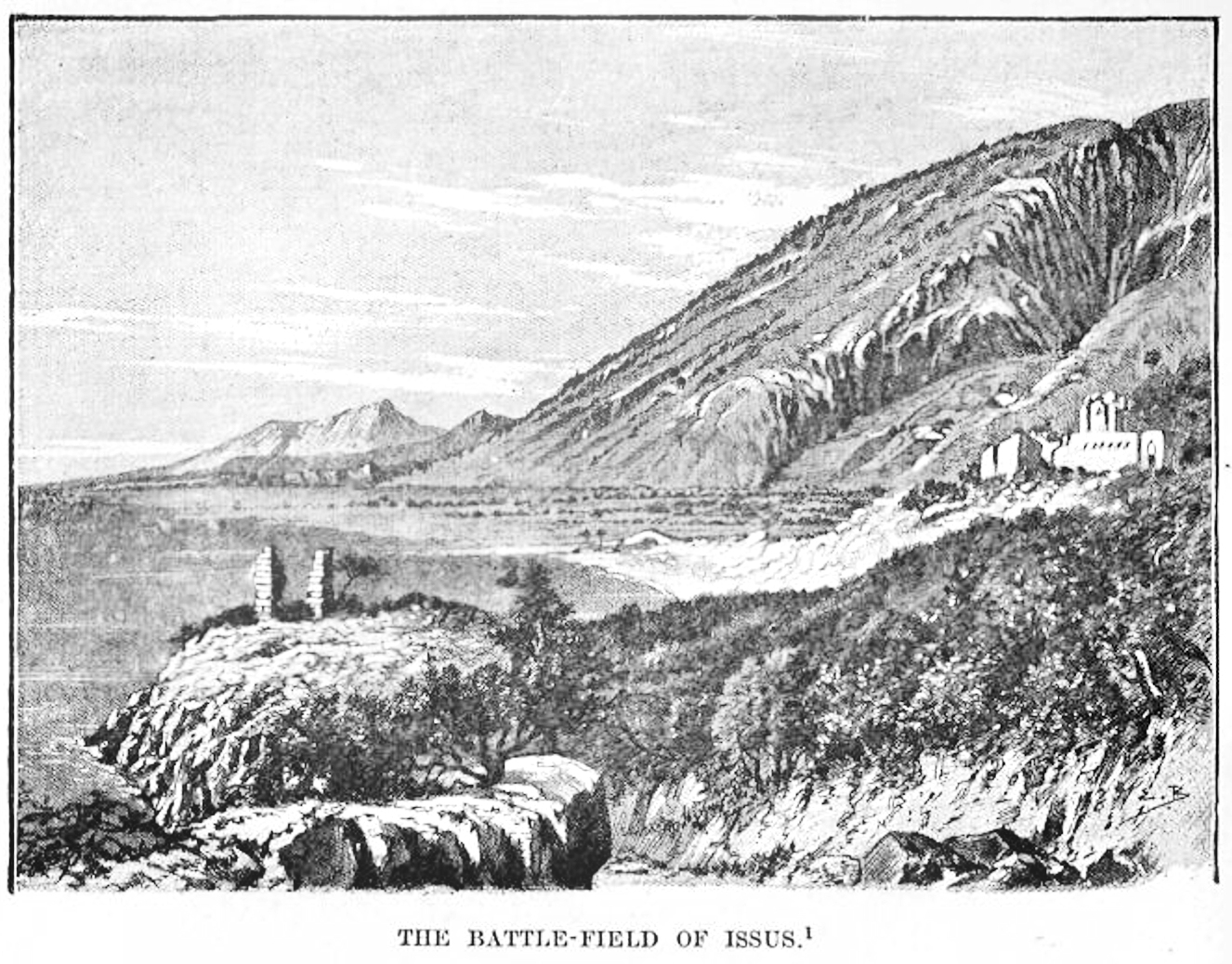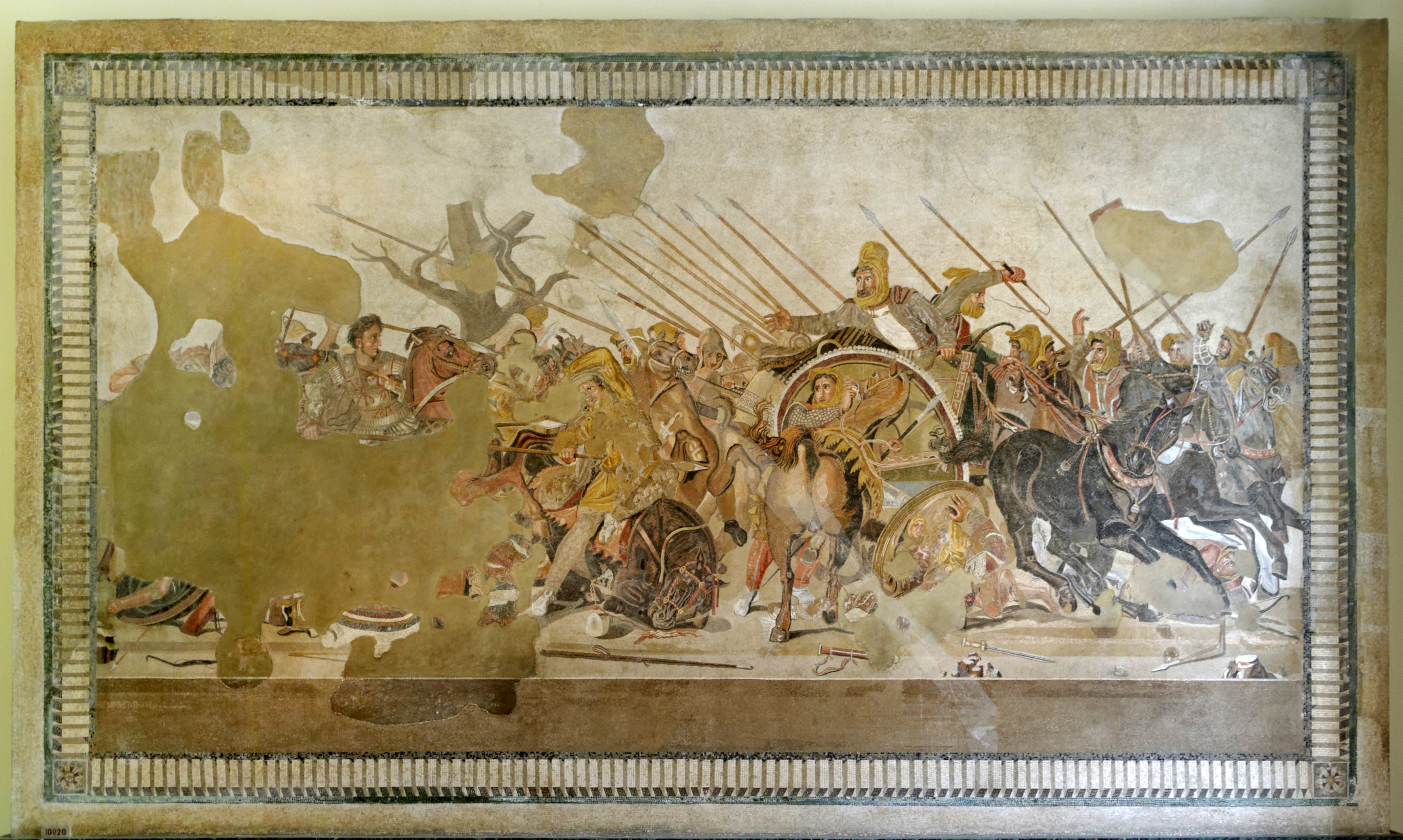|
Dörtyol
Dörtyol is a municipality and district of Hatay Province, Turkey. Its area is 342 km2, and its population is 128,941 (2022). It is a port city and oil terminus located 26 km north of the city of İskenderun, near the easternmost point of the Mediterranean at the head of the Gulf of İskenderun. Geography The name Dörtyol means "crossroads" (literally "four roads") in Turkish, and the town indeed sits on a crossing of highways, especially the O-53 from Anatolia south into Hatay and on to Syria. The road is channelled along the narrow coastal strip with the Nur Mountains (the ancient Amanos) behind. Dörtyol is at the edge of the Çukurova Plain and being near the coast, it is humid, and the countryside is fairly green and fertile. Therefore, alongside oil handling, the economic activities of the district include forestry, cotton, and the cultivation of citrus fruits, especially a local variety of tangerines. Climate Dörtyol has a hot-summer Mediterranean climate (Köpp ... [...More Info...] [...Related Items...] OR: [Wikipedia] [Google] [Baidu] |
Hatay Province
Hatay Province (, ) is the southernmost province and metropolitan municipality of Turkey. Its area is , and its population is 1,686,043 (2022). It is situated mostly outside Anatolia, along the eastern coast of the Levantine Sea. The province borders Syria to its south and east, the Turkish province of Adana to the northwest, Osmaniye to the north, and Gaziantep to the northeast. It is partially situated on the Cilician Plain, a large fertile plain along the Cilicia region. Its administrative capital is Antakya (ancient Antioch), making it one of the three Turkish provinces not named after its administrative capital or any settlement. The second-largest city is İskenderun (formerly Alexandretta). Sovereignty over most of the province was disputed with neighbouring Syria, which claimed that the province had a demographic Arab majority, and has separated from its territory in violation of the terms of the French Mandate for Syria that was established on the heels of World ... [...More Info...] [...Related Items...] OR: [Wikipedia] [Google] [Baidu] |
Franco-Turkish War
The Franco–Turkish War, known as the Cilicia Campaign () in France and as the Southern Front () of the Turkish War of Independence in Turkey, was a series of conflicts fought between France (the French Colonial Forces and the French Armenian Legion) and the Turkish National Forces (led by the Turkish provisional government after 4 September 1920) from December 1918 to October 1921 in the aftermath of World War I. French interest in the region stemmed from the Sykes-Picot Agreement and was further fueled by the refugee crisis following the Armenian genocide. Background Agreements After the Armistice of Mudros, the French Army had moved into Çukurova in accordance with the secret Sykes-Picot Agreement of 1916. On the one hand, that agreement gave France control of Ottoman Syria and southern Anatolia, including the key strategic locations of the fertile plain of Çukurova, the ports of Mersin and İskenderun (Alexandretta), and the copper mines in Ergani. On the other ... [...More Info...] [...Related Items...] OR: [Wikipedia] [Google] [Baidu] |
Adana Massacre
The Adana massacres (, ) occurred in the Adana Vilayet of the Ottoman Empire in April 1909. Many Armenians were slain by Ottoman Muslims in the city of Adana as the Ottoman countercoup of 1909 triggered a series of pogroms throughout the province. Between 20,000 to 30,000 ethnic Armenians and 1,300 Assyrians. were killed and tortured in Adana and the surrounding towns. Unlike the previous Hamidian massacres, the events were not officially organized by the central government, but culturally instigated via local officials, Islamic clerics, and supporters of the Committee of Union and Progress (CUP). After revolutionary groups had secured the deposition of Sultan Abdul Hamid II and the restoration of the Second Constitutional Era (Ottoman Empire) in 1908, a military revolt directed against the Committee of Union and Progress seized Constantinople. While the revolt lasted only ten days, it reignited anti-Armenian sentiment in the region and precipitated the mass destruction o ... [...More Info...] [...Related Items...] OR: [Wikipedia] [Google] [Baidu] |
Çukurova
Çukurova (), or the Cilician Plain (''Cilicia Pedias'' in antiquity), is a large fertile plain in the Cilicia region of southern Anatolia. The plain covers the easternmost areas of Mersin Province, southern and central Adana Province, western Osmaniye Province and northwestern Hatay Province. Etymology ''Çukurova'' is a compound (linguistics), compound of the Turkish language, Turkish words "hollow, Depression (geology), depression" and "plains". The oldest recorded use of the name in Turkish can be traced back to Aşıkpaşazade's late 15th century work '. History The region's recorded history dates back over 6,000 years. During the Bronze Age, the region was known as Kizzuwatna. As an area located between the native Hurrians, Hurrian lands of Southeastern Anatolia Region, Southeastern Anatolia and the native Luwians, Luwian lands of the Mediterranean Region, Turkey, Mediterranean coast of Anatolia, it was a mixed Luwian-Hurrian region. Hence, these two indigenous langua ... [...More Info...] [...Related Items...] OR: [Wikipedia] [Google] [Baidu] |
Districts Of Turkey
The Provinces of Turkey, 81 provinces of Turkey are divided into 973 districts (''ilçeler''; sing. ''ilçe''). In the Ottoman Empire and in the early Turkish Republic, the corresponding unit was the ''qadaa, kaza''. Most provinces bear the same name as their respective provincial capital (political), capital districts. However, many urban provinces, designated as greater municipalities, have a center consisting of multiple districts, such as the provincial capital of Ankara Province, Ankara province, Ankara, The City of Ankara, comprising nine separate districts. Additionally three provinces, Kocaeli, Sakarya, and Hatay have their capital district named differently from their province, as İzmit, Adapazarı, and Antakya respectively. A district may cover both rural and urban areas. In many provinces, one district of a province is designated the central district (''merkez ilçe'') from which the district is administered. The central district is administered by an appointed pr ... [...More Info...] [...Related Items...] OR: [Wikipedia] [Google] [Baidu] |
Armenian Genocide
The Armenian genocide was the systematic destruction of the Armenians, Armenian people and identity in the Ottoman Empire during World War I. Spearheaded by the ruling Committee of Union and Progress (CUP), it was implemented primarily through the mass murder of around one million Armenians during death marches to the Syrian Desert and the Forced conversion, forced Islamization of others, primarily women and children. Before World War I, Armenians occupied a somewhat protected, but subordinate, place in Ottoman society. Large-scale massacres of Armenians had occurred Hamidian massacres, in the 1890s and Adana massacre, 1909. The Ottoman Empire suffered a series of military defeats and territorial losses—especially during the 1912–1913 Balkan Wars—leading to fear among CUP leaders that the Armenians would seek independence. During their invasion of Caucasus campaign, Russian and Persian campaign (World War I), Persian territory in 1914, Special Organization (Ottoman ... [...More Info...] [...Related Items...] OR: [Wikipedia] [Google] [Baidu] |
Battle Of Issus
The Battle of Issus (also Issos) occurred in southern Anatolia, on 5 November 333 BC between the League of Corinth, Hellenic League led by Alexander the Great and the Achaemenid Empire, led by Darius III of Persia, Darius III. It was the second great battle of Alexander's conquest of Asia, and the first encounter between Darius III and Alexander the Great. The battle resulted in the Macedonian troops defeating the Persian forces. After the Hellenic League soundly defeated the Persian satraps of Asia Minor (led by Greek mercenary Memnon of Rhodes) at the Battle of the Granicus, Darius took personal command of his army. He gathered reinforcements and proceeded to lead his men in a surprise march behind the Hellenic advance, in order to cut off their line of supply. Alexander was forced to countermarch, and the stage was set for the battle near the mouth of the Pinarus River and the city of Issus (town), Issus. Location The battle took place south of the ancient city Issus (town) ... [...More Info...] [...Related Items...] OR: [Wikipedia] [Google] [Baidu] |
Hamidian Massacres
The Hamidian massacres also called the Armenian massacres, were massacres of Armenians in the Ottoman Empire in the mid-1890s. Estimated casualties ranged from 100,000 to 300,000, Akçam, Taner (2006) '' A Shameful Act: The Armenian Genocide and the Question of Turkish Responsibility'' p. 42, Metropolitan Books, New York resulting in 50,000 orphaned children. The massacres are named after Sultan Abdul Hamid II, who, in his efforts to maintain the imperial domain of the declining Ottoman Empire, reasserted pan-Islamism as a state ideology. Although the massacres were aimed mainly at the Armenians, in some cases they turned into indiscriminate anti-Christian pogroms, including the Diyarbekir massacres, where, at least according to one contemporary source, up to 25,000 Assyrians were also killed.. The massacres began in the Ottoman interior in 1894, before they became more widespread in the following years. The majority of the murders took place between 1894 and 1896. The massa ... [...More Info...] [...Related Items...] OR: [Wikipedia] [Google] [Baidu] |
World War I
World War I or the First World War (28 July 1914 – 11 November 1918), also known as the Great War, was a World war, global conflict between two coalitions: the Allies of World War I, Allies (or Entente) and the Central Powers. Fighting took place mainly in European theatre of World War I, Europe and the Middle Eastern theatre of World War I, Middle East, as well as in parts of African theatre of World War I, Africa and the Asian and Pacific theatre of World War I, Asia-Pacific, and in Europe was characterised by trench warfare; the widespread use of Artillery of World War I, artillery, machine guns, and Chemical weapons in World War I, chemical weapons (gas); and the introductions of Tanks in World War I, tanks and Aviation in World War I, aircraft. World War I was one of the List of wars by death toll, deadliest conflicts in history, resulting in an estimated World War I casualties, 10 million military dead and more than 20 million wounded, plus some 10 million civilian de ... [...More Info...] [...Related Items...] OR: [Wikipedia] [Google] [Baidu] |
Armenians
Armenians (, ) are an ethnic group indigenous to the Armenian highlands of West Asia.Robert Hewsen, Hewsen, Robert H. "The Geography of Armenia" in ''The Armenian People From Ancient to Modern Times Volume I: The Dynastic Periods: From Antiquity to the Fourteenth Century''. Richard G. Hovannisian (ed.) New York: St. Martin's Press, 1997, pp. 1–17 Armenians constitute the main demographic group in Armenia and constituted the main population of the breakaway Republic of Artsakh until their Flight of Nagorno-Karabakh Armenians, subsequent flight due to the 2023 Azerbaijani offensive in Nagorno-Karabakh, 2023 Azerbaijani offensive. There is a large Armenian diaspora, diaspora of around five million people of Armenian ancestry living outside the Republic of Armenia. The largest Armenian populations exist in Armenians in Russia, Russia, the Armenian Americans, United States, Armenians in France, France, Armenians in Georgia, Georgia, Iranian Armenians, Iran, Armenians in Germany, ... [...More Info...] [...Related Items...] OR: [Wikipedia] [Google] [Baidu] |
Darius III
Darius III ( ; ; – 330 BC) was the thirteenth and last Achaemenid King of Kings of Persia, reigning from 336 BC to his death in 330 BC. Contrary to his predecessor Artaxerxes IV Arses, Darius was a distant member of the Achaemenid dynasty. During his early career, he was reportedly an obscure figure among his peers and first rose to prominence during the Cadusian expedition of Artaxerxes III in the 350s BC. As a reward for his bravery, he was given the Satrapy of Armenia. Around 340 BC, he was placed in charge of the royal "postal service," a high-ranking position. In 338 BC, Artaxerxes III met an abrupt end after being poisoned by the court eunuch and chiliarch (''hazahrapatish'') Bagoas, who installed Artaxerxes' youngest son Arses on the throne. He only reigned for a few years, until Bagoas had him poisoned as well. Darius was subsequently installed on the throne and soon forced Bagoas to drink his poison after discovering that the eunuch had planned to poison him as w ... [...More Info...] [...Related Items...] OR: [Wikipedia] [Google] [Baidu] |

